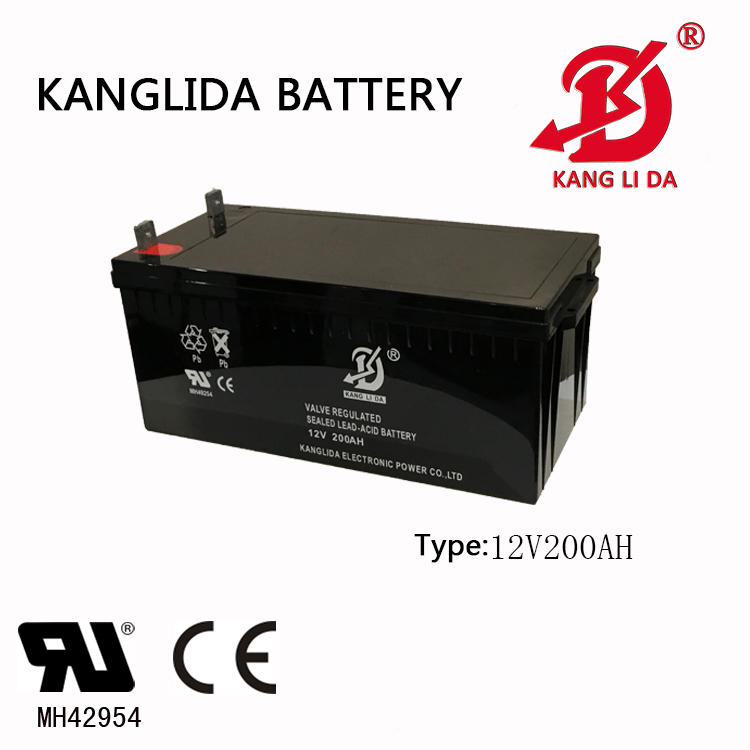How much do you know about the phenomenon of battery reverse polarity?
The device that converts chemical energy into electrical energy is called a chemical battery, and is generally called a battery for short. After discharging, the internal active material can be regenerated by charging-storing electrical energy as chemical energy; chemical energy is converted into electrical energy again when discharging is required. Such batteries are called storage batteries and also called secondary batteries. The so-called battery is an electrochemical device that stores chemical energy and releases electrical energy when necessary.
How much do you know about the phenomenon of battery reverse polarity?
How much do you know about the phenomenon of battery reverse polarity? Today, the editor of Kanglida introduced this issue to you:

The reverse polarity of a lead-acid battery refers to the change in the positive and negative electrodes of the battery. The reverse polarity phenomenon is reflected in two aspects. One is that when a lead battery is assembled and assembled, a single cell battery group is connected in reverse or the entire battery group is reversed. Reverse. In this case, there will be a phenomenon in which the terminal voltage value of the lead-acid battery is less than the sum of the rated voltages of the individual battery cells when the terminal voltage is measured with a voltmeter after the acid is filled, or the terminal voltage is negative.
On the other hand, the lead storage battery is used in multiple series when the capacity is discharged, because a storage battery (or a single storage battery) has a low capacity or completely loses capacity. When the battery was discharged, it was quickly discharged and was reverse-charged by other batteries, so that the original negative electrode became a positive electrode, the original positive electrode became a negative electrode, and the terminal voltage became negative.
For the former reverse polarity fault, when measuring the battery terminal voltage (battery composed of multiple single cells), it can be found that if there is a single battery reverse polarity, not only the 2 V voltage of the battery will be lost, but also the battery will increase. 2 V reverse voltage, the terminal voltage should be reduced by about 4V.
For example, for a battery with a rated voltage of 12 V, if its terminal voltage is measured to be about 8 V, it means that there is a single-cell battery with the opposite polarity. If measuring its terminal voltage is about 4 V, it means that there are 2 single grid reverse poles. If measuring its terminal voltage is about -4 V, it means 4 single grid reverse poles. If its terminal voltage is about -12 V, it means 6 single grid reverse poles. The grids are all inverse.
For the latter reverse polarity fault, its terminal voltage value (negative value) varies with discharge conditions. Generally, when testing, for this situation, the battery should be removed from the discharge circuit in time to avoid damage to the battery.
Zhengzhou Kanglida Electronic Power Co., Ltd. was established in 2000, specializing in the development, production and sales of 4 series of 2V, 4V, 6V, 12V maintenance-free lead-acid batteries, gel batteries and their electronic chargers. Products are widely used in anti-theft alarm systems, fire alarm systems, building intercom systems, emergency evacuation systems, emergency lights, time attendance machines, sprayers, electronic scales, children's motorcycles, cartoon inflatables, car washers, table turntables, parking locks, Strobe lights, traffic lights, DC screens, solar, wind, UPS, EPS and other backup power systems.
Message





